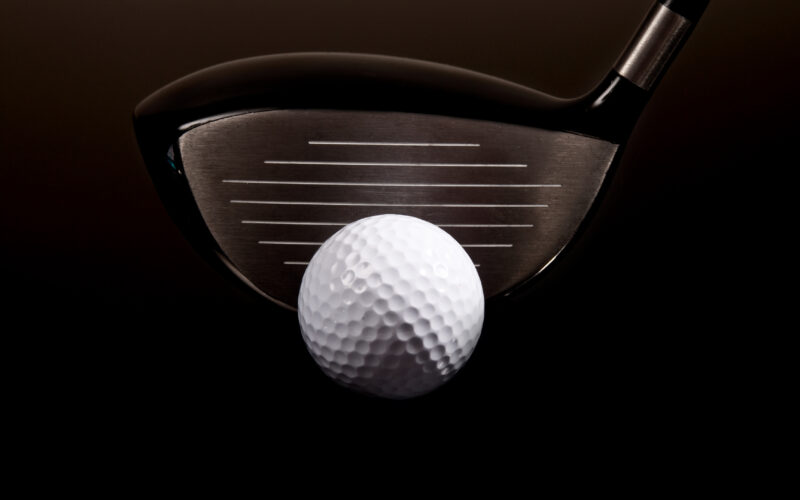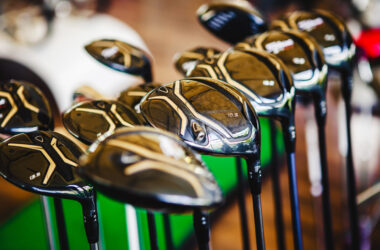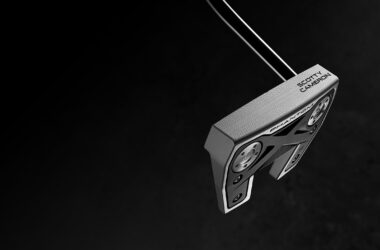Golf drivers are among the popular and the most expensive of all the golf clubs. Their price can range into hundreds of dollars and some premium products can cost upwards of 600 dollars. That is why many golfers consider their drivers as an investment and expect them to last several years.
However, this might come as bad news to many of you but drivers have the shortest lifespan among all the golf clubs. Most drivers available in the market have an average lifespan of nearly three to five years, although some of them might perform nicely up to seven years.
On the other hand, irons and putters are the clubs that have the longest lifespan. You can easily expect a high-quality putter or an iron to last anywhere between ten to fifteen years.
If you’re wondering why there is such a significant difference between the lifespan and durability of these clubs, you’re not alone. The construction material is the primary factor responsible that determines how long a golf club will last.
This article will explore how long golf drivers last, what are factors responsible for their lifespan, and what you can do to prolong your driver’s life. Keep reading.
Average Lifespan Of A Golf Driver
Most driver brands advertise their products to last up to ten years. But we all know that is far from the truth. Nearly all of the golfers I know, replace their drivers after a maximum of five years.
Only a handful of golfers stick around with the same drivers for more than five years. This is only true for high-end products like Cobra Radspeed Driver, Callaway Paradym Driver, or TaylorMade SiM 2 Driver.
I have also seen people who buy cheap drivers that get broken or become ineffective without even completing a single year.
Generally speaking, a golf driver can last for roughly 150 to 200 rounds.
Why Do Drivers Have A Short Lifespan?
As mentioned before, drivers are one of the most common and most frequently used golf clubs. Compared to other clubs like irons, they have a significantly short lifespan and a much higher price.
The primary reason for this disparity in lifespan is the construction material of these golf clubs. Most of the other golf clubs are made from stainless steel which doesn’t corrode easily.
On the other hand, drivers are made from titanium alloys with other metals like vanadium or aluminum.
These other metals provide a better mold and overall shape to the driver but simultaneously reduce its durability. Overtime, drivers lose their zing and “pop” sound at impact, leading to a sub-par playing experience for the golfer. The reason why titanium is preferred for drivers is its exceptionally low weight which makes it ideal for high clubhead speed.
Also, drivers are one of the most technologically advanced and feature-loaded golf clubs. Companies invest heavily in researching new technologies that are making drivers faster and more forgiving.
Each year, newer models are available that promise better performance than the previous year’s models. This aggressive marketing by golf club brands is another reason why people replace their drivers so quickly.
When To Replace Your Driver And How Can You Make It Last Longer?
Prolonged wear and tear can affect certain factors that diminish the performance of drivers. If any of these is modified to a large extent, you might want to start searching for a new driver. The appearance is the first indicator that gives you a little idea that your driver’s days might be numbered.
You can still use the same driver despite some minor scratches and stains. However, when characteristics like the loft angle and the lie angle are affected, the driver is essentially junk. Also, when the sound and feel quality starts degrading, it’s another indication for driver replacement.
The best way to extend your driver’s lifespan is to regularly maintain it and store it properly. Maintaining usually means regular cleaning of different parts of the golf club, removing debris and dirt, and repairing physical damage if any.
For storage, you should invest in high quality golf bags, containers, or lockers. Improper storage can lead to corrosion and other damage due to unfavorable temperature and moisture conditions.





